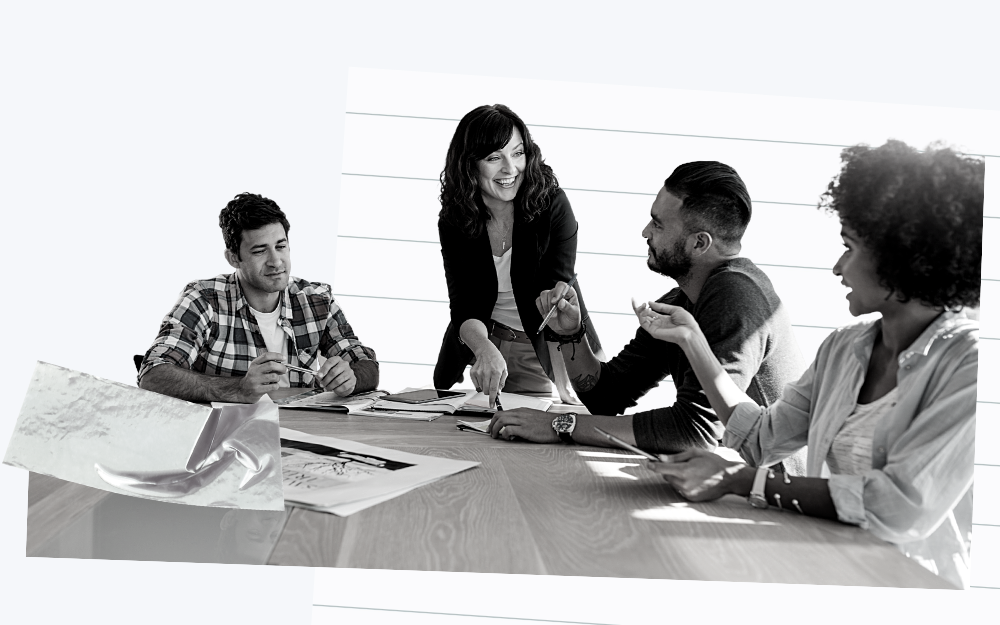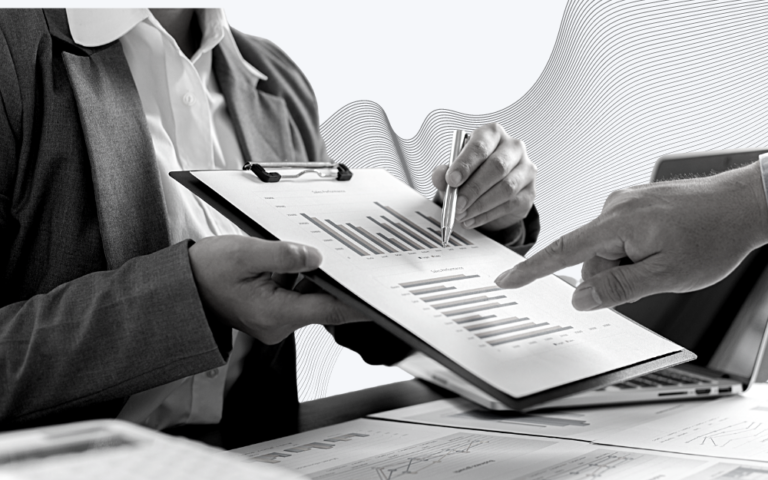If you want your nonprofit to be a data-driven organization, you have to consider how you can gather and make the most of salient data.
Collecting donor data is a great way to understand your donors and their motivations better and ultimately fundraise more effectively and efficiently. For example, tracking each donor’s journey through a fundraising funnel allows you to guide more prospects into prominent donors.
As you collect more data, it becomes increasingly important to keep that data clean, happy, and healthy. This article will provide you with some donor database management best practices, so you can clean up your donor data and keep it clean going forward.
Why a Clean Nonprofit Donor Database is Important
Collecting donor data is essential to reaching your nonprofit’s fundraising goals. It helps you understand your donor’s motivations and preferences so you can build better donor relationships. It also allows you to understand your donor base and identify new prospects.
Not only will clean data give you more accurate and actionable insights about your donors, but it will also save you time in the long run. When preparing for your next fundraising campaign, you won’t need to spend hours fixing duplicate contacts or details in your donor database, like misspelled names and defunct email addresses.
When your database is a mess—filled with duplicate entries, gaps, and inconsistencies—you can hardly use or understand it. Your data is most useful when it is updated and properly segmented. A messy nonprofit database can lead to inaccurate fundraising projections, bounced emails, duplicated mailouts, and frustrated donors.
Get Timely, Actionable Donor Insights with Fundraising KIT
Fundraising KIT helps you uncover patterns and trends in your donor data. It keeps you abreast of any changes in your donor behavior so you can adjust your strategy and stay on track to meet your goals.
5 Best Practices for Managing Your Donor Database
1. Use a Donor Management Software (DMS)
At the very least, you need to use donor management software to manage your donor information.
Excel does not count! As your donor base grows, having dedicated software for managing your donor information becomes essential. Excel does not enforce data entry guidelines, so data entry can be inconsistent, leading to further issues down the line. Not to mention that manual data entry with Excel is labor-intensive.
Donor management software allows your team to track donor information in one place, automatically feed your donor list to other software, create detailed reports, track campaigns, and fundraisers, among many other things.
A DMS will help you clean up your data because it gives you a dedicated place to house all donor information. As data is entered into the software, you can use filters to sort and segment them. Having all your nonprofit data in one place lets you easily fish out the information you need when you need it.
2. Standardize your Donor Data Entry Process
Your nonprofit team needs to be aligned in the way they gather data, so you do not find yourself missing or usable entries.
Manual data entry can lead to many issues. For example, will you input names as LAST NAME, FIRST NAME, or FIRST NAME, LAST NAME? What about nicknames? These seemingly minor differences can have a massive impact on your work down the road.
So, create a system, communicate it with your team and stick with it. A vital part of that system is deciding what data to collect and how data gets updated. Essential donor data include donors’ or supporters’ names, dates of birth, addresses, employer details and job titles, contact information, preferred communication channels, relationships, household types, and donation history.
Other entries like political affiliations and career milestones are helpful but optional. What matters is that you’re consistent with your data entry requirements, and then you can be on your way to having a clean donor database.
3. Segment Your Donors
To get the most out of your donor data, you should be segmenting your donors. Segmenting your donors means filtering them into categories as you get to know them.
These categories can be anything from their preferred communication channel (email, direct mail, text messages, phone calls, etc.), causes they are passionate about (human rights, education, child poverty, etc.), and frequency of donations (yearly, monthly, quarterly, etc.).
Segmenting your donors allows you to create more personal outreach for each donor. For example, if you are running a fundraising campaign to alleviate childhood hunger, you can send your appeals to the donor segments interested in this cause. Then, you can reach out to donor segments who prefer communication by email in that format and reach the donors who prefer mail by sending letters.
Keeping your donor segments up to date means that you can use the segments to provide a more personalized donor experience, but it only works if you stay on top of it and update donor tags as you get to know the person. This brings us to the importance of our next best practice…
Start Segmenting Your Donors
Use this FREE Donor Segmentation Template to segment your donors and contacts based on their level of engagement.
4. Scheduling Data Cleaning
It’s understandable that when things get hectic, all of your best intentions to stay organized can fall away. Instead of hoping you don’t fall into this familiar trap, again and again, you can prepare for it!
By setting aside time in your schedule for tidying up your nonprofit data, you ensure that it gets done. If you can do this continuously in small chunks, the mess won’t get too out of hand, and you will be able to tidy it up quickly.
Here are the key things to look into the next time you’re cleaning up your nonprofit database:
• Is your data valid?
Make sure that the data that is entered is still valid. Details like addresses and phone numbers may have changed, so check to be sure they are updated. You can ensure that emails don’t bounce by sending a feedback email to donors and then identifying emails that bounce back.
• Is your data entry process up to date?
Remember those date entry processes we discussed? Those processes might change as you learn more about your donors.
Perhaps you find that it is beneficial to record donors’ career milestones and begin tracking that. You now need to update your donor data entry processes to keep your whole team updated on this new practice.
• Do you have duplicate entries?
Take a minute to scan through your donor data and delete or merge duplicate entries. Donors will not be impressed to receive multiple emails, and the best way to avoid this is by ensuring that there is only one entry in your database.
5. Schedule Regular Data Backups
One of the most critical and often overlooked things you can do to keep your data clean is keeping it safe. Backing up your data ensures that you will not lose your donor data if your data management software or your network crashes. Scheduling automatic backups is an easy way to ensure that data is adequately stored even when you aren’t thinking about it.
More so, you should ensure that your database or donor management system is safe and secured from data breaches and other cyber attacks. To learn more about keeping your database safe, read this article on cybersecurity for nonprofits.
Monitor Your Fundraising Performance with this FREE Dashboard
Use this template to record your fundraising metrics so you can better communicate your progress with your team.e sustainable revenue stream.
Donor data can be a great asset for nonprofit organizations—especially if you are feeding that data into tools like KIT which provides accurate predictions on generosity, propensity, and ability to give. But to get the most out of your data, your database needs to be clean.

Ally Smith
Content Writer at Fundraising KIT
With a passion for nonprofit innovation, Ally has spent her career helping build community capacity and supporting social innovation as a customer success manager turned, youth worker, turned social researcher.
After leaving the tech start-up landscape, she pursued a Master’s in Philanthropy and Nonprofit Leadership and has since supported nonprofits to innovate and grow. A Canadian ex-pat and social entrepreneur based in Edinburgh, she enjoys hiking, baking bread in a panic, and pursuing the full Scottish experience- rain and rugby included!








I’m really impressed with your writing skills and also with the layout on your weblog. Is this a paid theme or did you modify it yourself? Either way keep up the excellent quality writing, it is rare to see a great blog like this one nowadays..